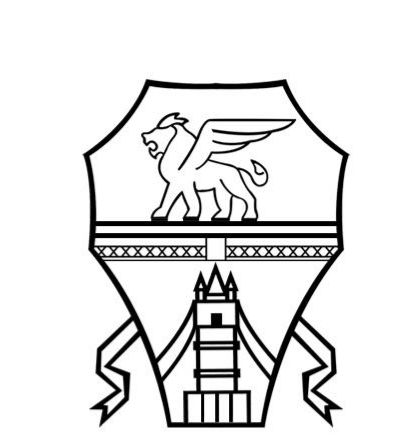The web is a dynamic and constantly evolving environment but, if you decide to create a website or e-commerce portal, there are terms you will surely come across. Here are the 10 you should definitely know.
TLD
TLD (Top Level Domain) refers to the top level domain, i.e. the extension: for example, in shellrent.com the .com is the TLD. The TLD market is constantly growing and, currently, we have more than 1300 extensions from to better customize the domain and define a structured brand identity.
DNS
DNS (Domain Name System) means the system that translates, by query, the domain names into IP addresses and returns the desired website. It is essentially the tool that allows you to type, for example, www.sito.com instead of a long string of numbers.
Domain
The domain is the name that users type into the browser to reach a website: for example, our domain is shellrent.com . we can say that the domain is your business card, the name that users associate with your business.
Web hosting
The term web hosting indicates the web space hosted on a server. The space is shared with other users, each with their own unique domain but all with the same IP address.
The hosting space hosts all the elements that make up the site, such as page, files and images, and any database used to create the site.
IP address
The Internet Protocol (IP) address is a numeric string that identifies the website. If users type the domain name on the search engine, the machines will find the website via the IP address.
FTP
FTP (File Transfer Protocol) is a protocol used to hold and transfer data and content on a client-server system. To get in touch with the server you need a client like Filezilla to perform operations such as uploading and downloading files, removing or renaming files, creating and navigating directories.
Backup
The term backup indicates the copying of files and data to always have the possibility to restore them in case of errors or malfunctions. This is why a good backup strategy should be based on the 3-2-1 rule that is:
- Have at least 3 copies of the data
- Keep copies on 2 different media
- Keep 1 backup copy off-site
SSL certificate
The SSL certificate represents a security measure for a website: the encryption protocol allows client-server protection of data that cannot be read or used by a hacker without the appropriate private decryption key.
This prevents data from being stolen, modified or subjected to phishing and spoofing, especially in the case of e-commerce or sites that collect personal information and sensitive data of users.
CMS
The CMS (Content Management System) is a software that supports users in creating, editing and managing the contents of a website, especially for users without advanced programming skills. The most popular example is WordPress which with its very intuitive graphical interface allows you to manage every aspect of the website.
Caching
Caching is the process of storing and temporarily archiving data in a special space with the aim of speeding up the loading of the website. By leveraging the cache, information such as text, images and code can be saved after a user’s first visit, decreasing the loading time. A great result if you think that 40% of visitors leave a site that takes more than 3 seconds to load.




